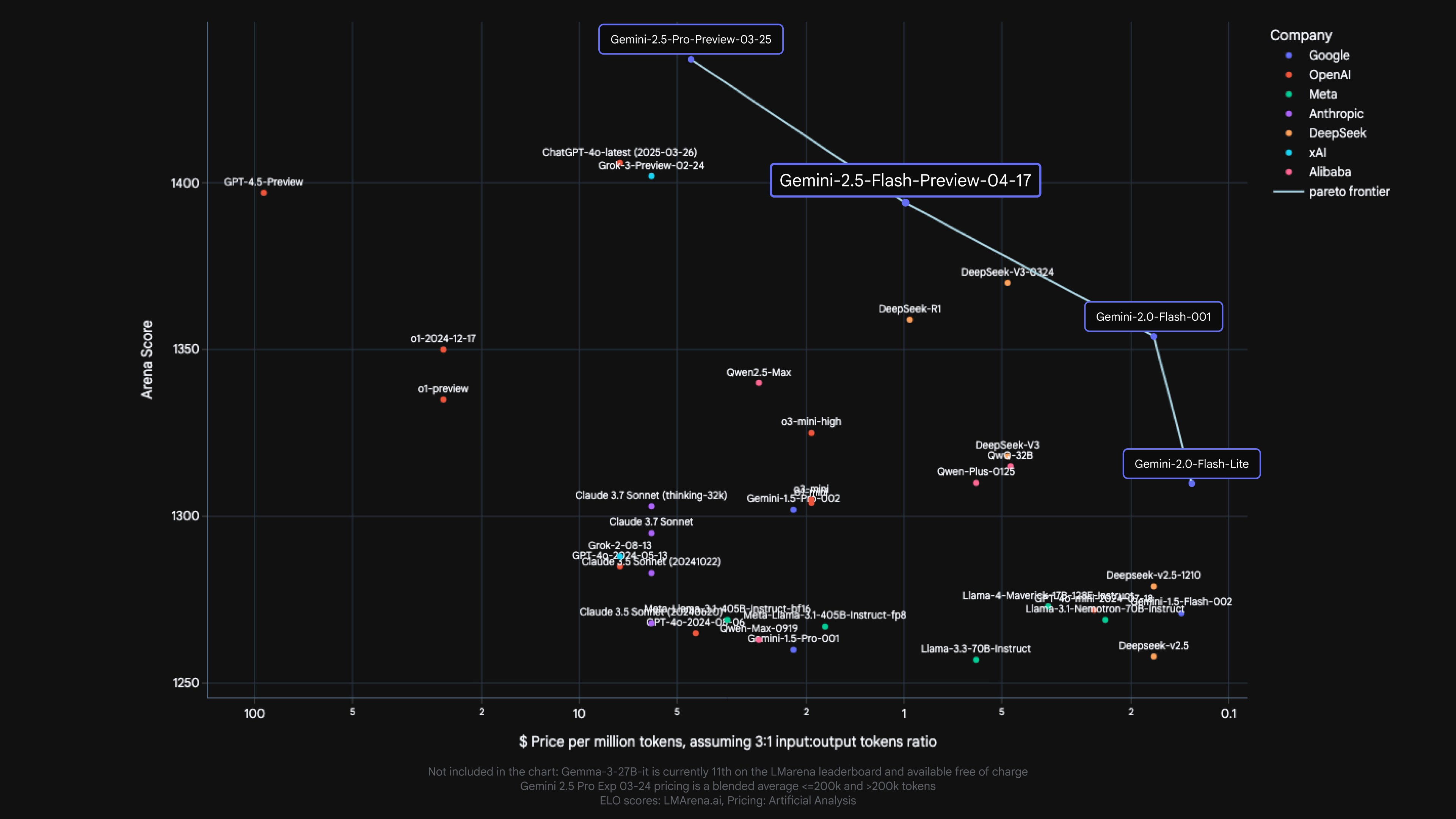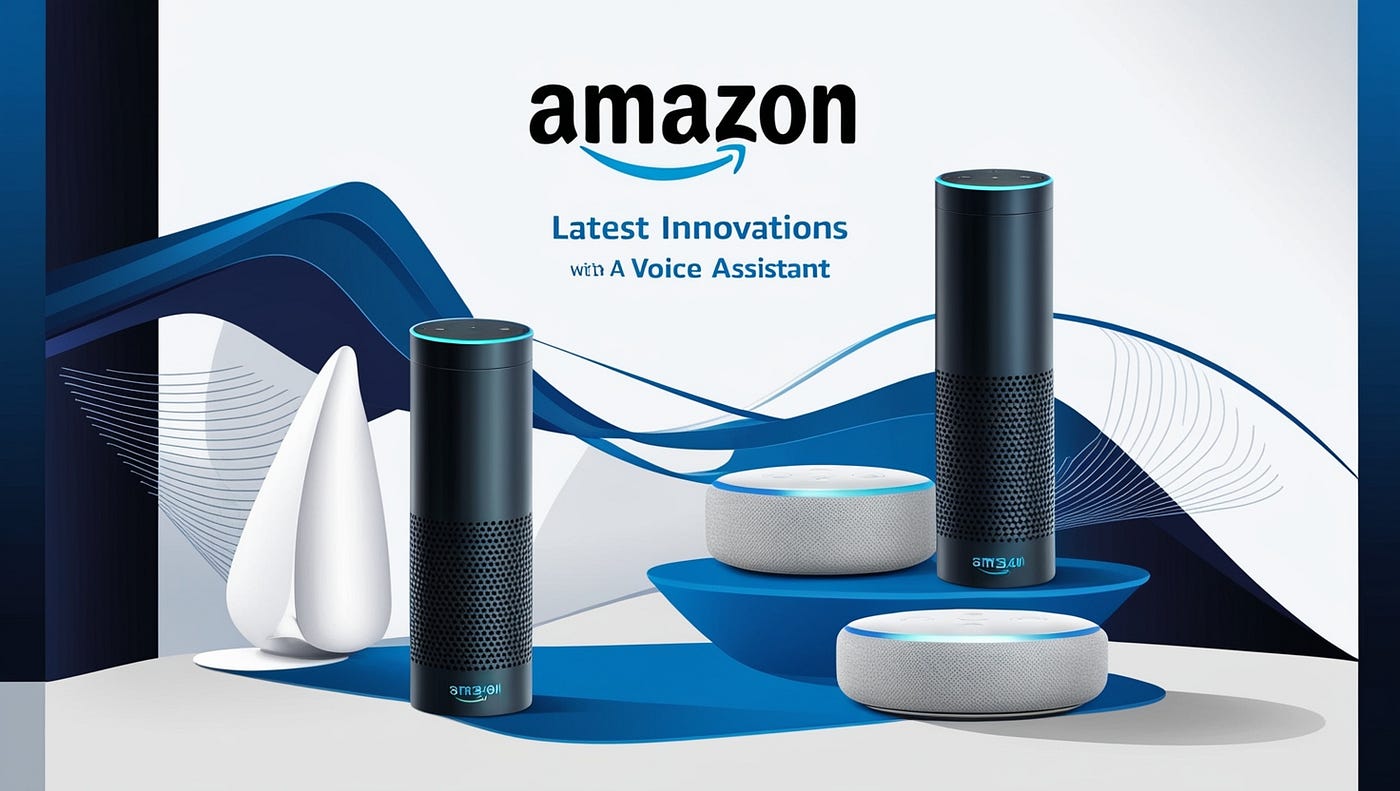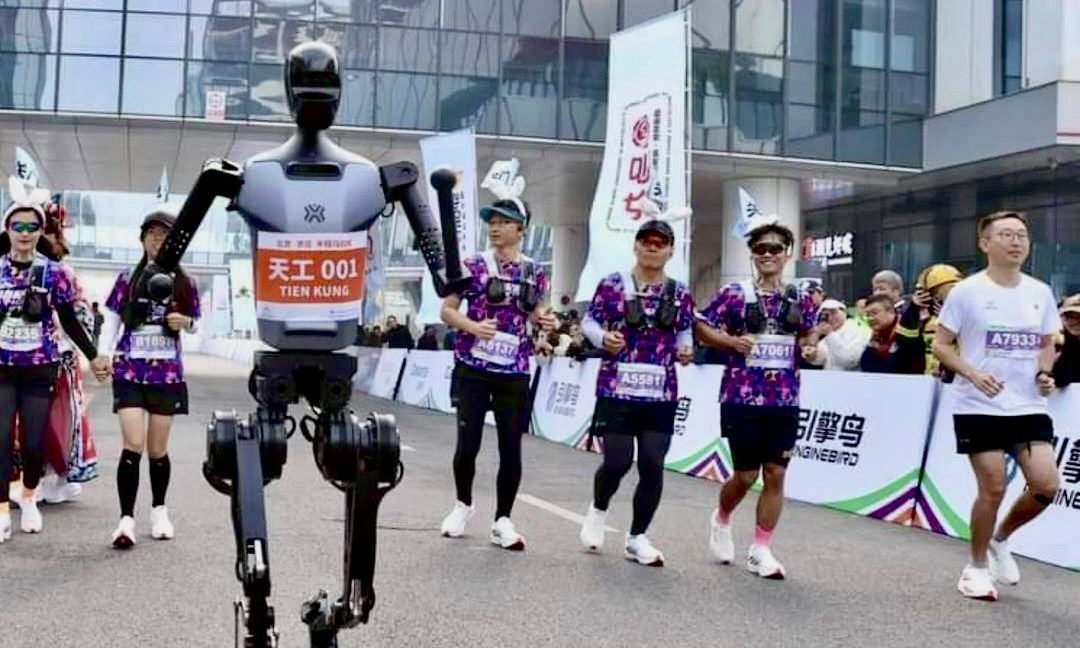April 20, 2025
In partnership with Today in SunBrief
🌞 AI free guide to Master ChatGPT OpenAI Launches GPT-4.1: The Future of AI Learn AI in 3 minutes a day Stock Updates Gemini’s Veo2 Challenges ChatGPT’s Sora AI Highlights of the Week Is China making “Human vs Robots”? Too Important to Miss Last Week’s Poll Result HubSpot’s free guide to using ChatGPT at work is your new cheat code to go from working hard to hardly working HubSpot’s guide will teach you: How to prompt like a pro How to integrate AI in your personal workflow Over 100+ useful prompt ideas All in order to help you unleash the power of AI for a more efficient, impactful professional life Get the free guide and level up your AI game today! OpenAI Launches GPT-4.1 Series with Enhanced Coding and Long-Context Understanding On April 14, 2025, OpenAI unveiled the GPT-4.1 family of models—GPT-4.1, GPT-4.1 Mini, and GPT-4.1 Nano—marking significant advancements in coding capabilities, instruction following, and long-context comprehension.
Key Features:
Improved Coding Performance: GPT-4.1 achieves a 54.6% score on the SWE-bench Verified benchmark, reflecting a 21.4% absolute improvement over GPT-4o and a 26.6% gain over GPT-4.5.
Extended Context Window: All models support up to 1 million tokens, enabling the processing of extensive inputs, such as large codebases or lengthy documents.
Enhanced Instruction Following: On Scale’s MultiChallenge benchmark, GPT-4.1 scores 38.3%, a 10.5% absolute increase over GPT-4o, indicating better adherence to complex instructions.
Cost and Efficiency: GPT-4.1 models offer improved performance at lower costs. For instance, GPT-4.1 Nano is OpenAI's fastest and most affordable model, suitable for tasks requiring low latency. These models are accessible via OpenAI's API and are designed to enhance the development of AI agents capable of handling complex, real-world tasks with greater reliability. Login or Subscribe to participate in polls. Keeping up with AI is hard – we get it! That’s why over 1M professionals read Superhuman AI to stay ahead. Get daily AI news, tools, and tutorials Learn new AI skills you can use at work in 3 mins a day Become 10X more productive Sign up and start mastering AI
Google Expands AI Video Generation with Veo 2 and Whisk Animate Google has expanded its AI video generation capabilities by integrating the Veo 2 model into the Gemini platform and introducing Whisk Animate, enabling users to create high-quality videos from text prompts or static images.
Key Features:
Veo 2 Integration: Gemini Advanced and Google One AI Premium subscribers can now generate 8-second, 720p MP4 videos by providing text prompts. Veo 2 understands real-world physics and human motion, resulting in fluid character movements and lifelike visuals.
Whisk Animate: This tool allows users to animate static images into short videos, leveraging Veo 2's capabilities. It's accessible through Google Labs for eligible subscribers.
Content Sharing and Watermarking: Generated videos can be directly shared on platforms like TikTok and YouTube. Each video includes a SynthID watermark to indicate AI generation. These advancements aim to make content creation more accessible, allowing users to produce engaging videos without the need for traditional filming equipment or extensive editing skills.
Google Introduces Gemini 2.5 Flash with Adjustable Reasoning Capabilities On April 17, 2025, Google launched Gemini 2.5 Flash, a flexible AI model that gives developers control over reasoning with a unique “thinking budget” feature. Now in preview via the Gemini API, it’s designed to optimize performance, cost, and speed across simple to complex tasks.
Humanoid Robots Compete Alongside Humans in Beijing Half-Marathon On April 19, 2025, Beijing hosted a groundbreaking event where 21 humanoid robots ran alongside thousands of human participants in the Yizhuang half-marathon, marking the first instance of such direct competition over a 21-kilometer course.
Event Highlights:
Diverse Robotic Participants: The robots, developed by Chinese companies like DroidVP and Noetix Robotics, varied in size and design, with some featuring human-like appearances and capabilities such as winking and smiling.
Human Assistance: Each robot was accompanied by human trainers, some of whom provided physical support during the race. Notably, some robots wore running shoes, and one sported boxing gloves and a headband reading "Bound to Win" in Chinese.
Performance and Challenges: The winning robot, Tiangong Ultra from the Beijing Innovation Centre























